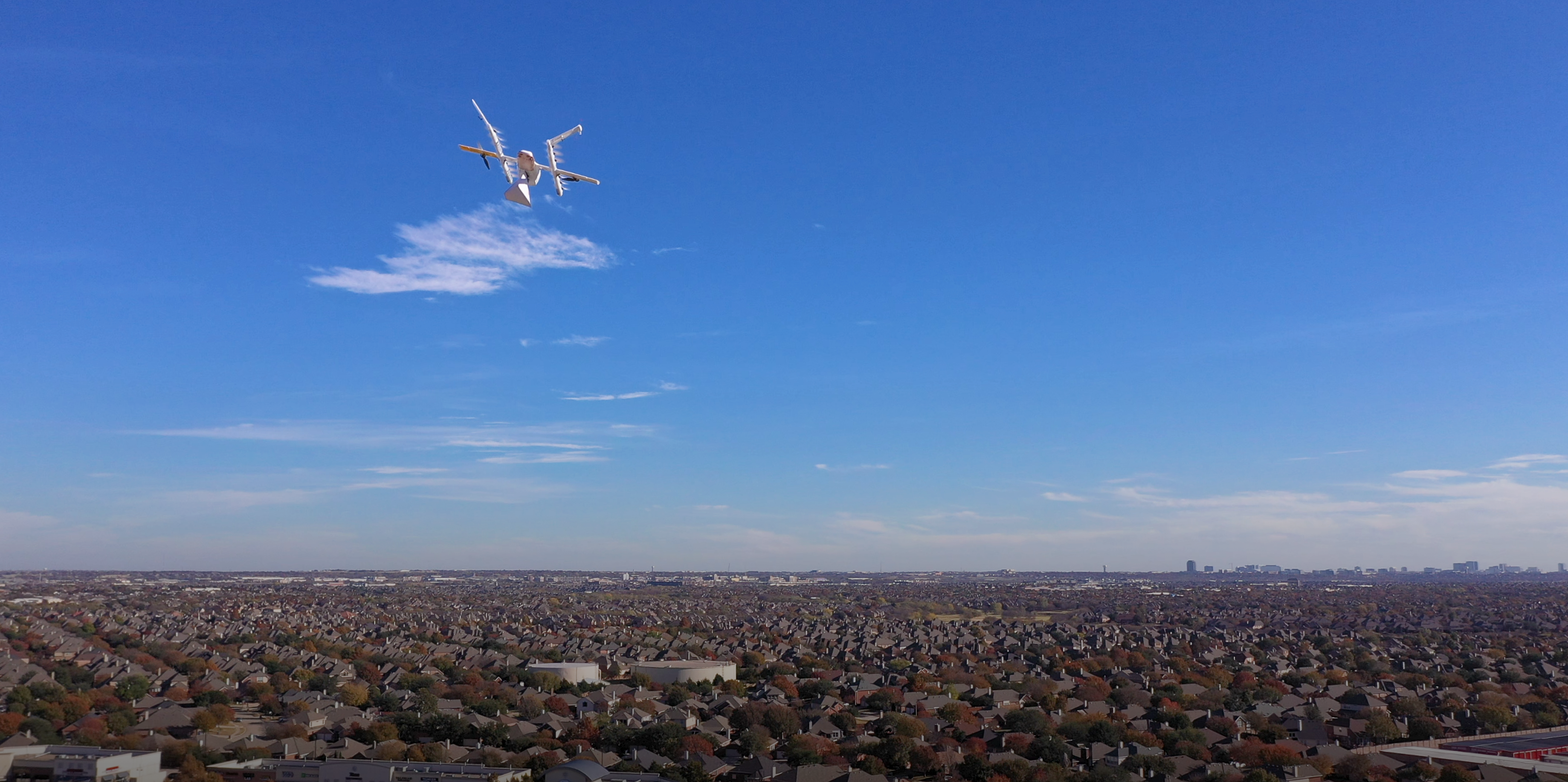March 17, 2022
FAA Must Adopt UAS BVLOS ARC Recommendations to Forge Regulatory Path for Future of Safety and Innovation in American Aviation
The Federal Aviation Administration's (FAA’s) UAS (Unmanned Aircraft Systems) Beyond Visual Line-of-Sight Aviation Rulemaking Committee Final Report leverages cross-aviation and government expertise to recommend how and why regulations must be updated to match the technology progress and safety needs of the US national airspace. The recommendations work to enable an industry that will increase safety, reduce greenhouse gas emissions, and improve access to goods for the American public.
The FAA's UAS Beyond Visual Line-of-Sight (BVLOS) Aviation Rulemaking Committee (ARC) Final Report, or BVLOS ARC Final Report recommendations, if implemented, will enable the drone industry to scale in the United States, while ensuring safe and equitable access to the airspace for all users.
This report, which presents a collaborative and consensus set of recommendations from across the drone industry, traditional aviation, government, and multiple other stakeholders, is the most comprehensive and safety-focused review of policies and practices ever conducted for uncrewed aircraft systems. The result provides a path to sustained and scalable growth for all aviation--whether crewed or uncrewed.
Wing strongly supports the recommendations contained in the BVLOS ARC Final Report and encourages the FAA to implement them expeditiously. It is an essential step to safely and effectively regulate increasingly diverse skies and will allow the US to reap the benefits of increased drone activity - from improved access to goods and healthcare, sustainability, reduction in traffic congestion and accidents, and more.
View the full Final Report here
Key Components
- Performance-based, full BVLOS operation: Currently, drone operations in the US are approved by a complex and confusing array of waivers and exemptions from current flight rules coupled with location-specific FAA reviews and operating approvals. This process has proven extraordinarily burdensome for both the FAA and drone operators. The ARC’s recommendation for tailored drone rules coupled with a performance-based analysis would comprehensively vet the safety of an operation, while also acknowledging that there are multiple pathways to achieving extraordinarily high levels of safety. This approach fosters innovation, improves safety, and allows regulations to keep up with technological progress.
- Formalized airworthiness acceptance process: These recommendations codify a comprehensive, standards-based airworthiness acceptance process for drones that mirrors today’s FAA approvals for light sport aircraft (LSA)–the most comparable and relevant class of aircraft to UAS. As with LSA, drone manufacturers will be required to certify compliance to rigorous FAA-approved standards, and compliance will be subject to FAA audit and review.
- Drone operator certification and training: These recommendations introduce a process to certify drone operators in a similar manner to their counterparts in the crewed aircraft world–but recognizes and adjusts for the inherent differences between crewed aircraft and drones. The ARC recommendations for certification and training requirements accept and leverage the higher levels of automation used by commercial drone operators and tailor evaluation standards accordingly.
- Right of way below 500 ft above ground level (AGL): The airspace under 500 ft AGL and around certain infrastructure is where the vast majority of drones operate (as a reference point, Wing drones typically cruise between 150-300 ft AGL). While FAA regulations prohibit most aircraft from operating below 500’ AGL or near obstacles, there are a few exceptions such as helicopters, agricultural aircraft, and certain types of non-certified recreational users such as powered parachutes. As this airspace becomes increasingly crowded, the safest approach is to promote a cooperative environment with full awareness of all types of nearby aircraft (crewed and uncrewed), leveraging the proven advantages of the same ADS-B technology that is in common use across other classes of airspace. The recommendations in the Final Report, if implemented, will mandate that drones automatically avoid all ADS-B equipped aircraft. Non-equipped aircraft will continue to be identified by crewed and (non-BVLOS) uncrewed aircraft the same way they are today - by visual means. Those crewed aircraft that choose to remain unequipped would be required to yield right of way to drones while operating below 500 AGL.
Additional Considerations for Global Standardization
- Network remote identification: In gradually shifting from (radio) broadcast remote identification of drone aircraft to internet (or network)-based, both public and private drone operation stakeholders can benefit from increased data protection, interoperability, speed of data exchange, cost reduction, and the reliability and ubiquity of the internet.
- Strategic deconfliction standards: Anticipating increasing volumes of drone activity, global uncrewed aircraft strategic deconfliction standards and automation tools will enable more efficient, fair, and flexible use of the airspace, increasing access.

